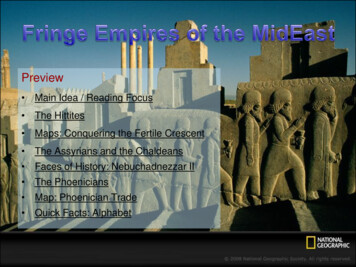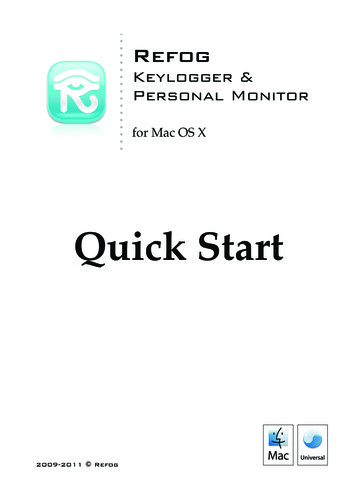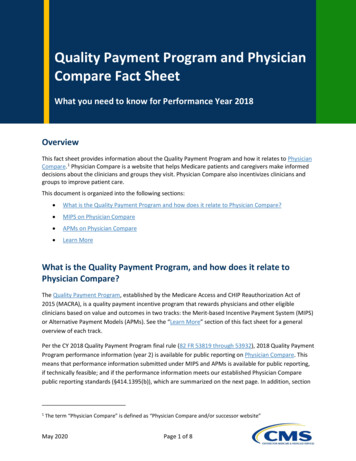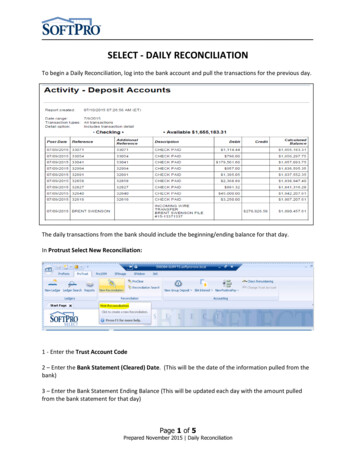
Transcription
Preview Main Idea / Reading Focus The Hittites Maps: Conquering the Fertile Crescent The Assyrians and the Chaldeans Faces of History: Nebuchadnezzar II The Phoenicians Map: Phoenician Trade Quick Facts: Alphabet
Fertile Crescent EmpiresMain IdeaIndo-European invaders introduced new technologies to theFertile Crescent while adapting earlier technologies developedby the civilizations they encountered there.Essential Questions What military advantages helped the Hittites establish anempire in Asia Minor? What events led to the rise and fall of the Assyrian andChaldean empires? What were the main achievements of the Phoenicians?
Choose 5)Persians
The HittitesDecline of Babylonian Empire Nomadic tribes moved into the region, drawn by wealth Included Indo-Europeans Steppes: arid grasslands north of the Black SeaHittite Military Might Hittites: warlike Indo-European tribe Built strong empire in Asia Minor (now Turkey) between 1600-1200B.C. (BCE) Horse-drawn war chariot and new techniquesHittite Culture Blended their culture with cultures around them First to make objects out of iron Rule reached peak in 1300s BC
*They were the first people to learn to smelt (separatemetal from ore) iron.There were eventually weakened and defeated by theSea Peoples.The Sea Peoples is the term used for a mysteriousconfederacy of seafaring raiders who sailed into theeastern shores of the Mediterranean, invaded Cyprus,and the Levant, and attempted to enter EgyptianterritoryThe end of the Hittite kingdom allowed for the rise ofother people in this region
Hittite Territory at the height of their Empire.
The Hittite capital city of Hattusha
The ancient Hittite city of Hattusha, in Turkey.
The Hittite’s Three Man Chariot. Two archers and a driver in each chariotmade this a fearsome offensive weapon.
SummarizeHow were the Hittites able to build anempire in Asia Minor?Answer(s): With their military advantages, theywere able to conquer people in surrounding areas.
The Assyrians and the ChaldeansAfter the Hittite empire fell, other peoples fought for dominance inwestern Asia. In time, the Assyrians became the supreme power inthe region; later the Chaldeans formed their own empire.The Assyrians From NorthernMesopotamiaWar MachineAssyrian Rule Fierce warrior society Efficient system Local leaders Barley, cattle War chariots, footsoldiers, cavalry Adopted Sumerianculture Masters of siegewarfare Brutal with opposition New empire in 900 BC Terror Culturalachievements, library Mesopotamia, AsiaMinor, Egypt System of roads
A stone carving of the Assyrians conquering an Egyptian town in theirwar on Egypt.
A drawing of the Assyrian capitol of Nineveh.
The ChaldeansAs Assyria began to decline, the Chaldeans swooped in. Babylon, capital of their new empire Nebuchadnezzar II– Warrior and builder– Hanging Gardens of Babylon Chaldean culture– Admired ancient Sumerian culture– Developed calendar; advances in astronomy
Nineveh under siege by the Babylonians and Medes.
The ruins of Nineveh.
The Masqah (Maas-KAH) Gate of Nineveh.
A mythological beast called a Lammasu, from the gates of Nineveh.
Compare and ContrastHow were the Hittite, Assyrian, andChaldean empires similar and different?Answer(s): All made cultural and technologicaladvances. Hittites—known for military power,efficient government; Chaldeans—developedcalendar, Hanging Gardens of Babylon, shortlived empire; Phoenicians—not an empire, builtwealthy trading society, developed alphabet.
The PhoeniciansIn an area of western Asia called Phoenicia, city-states emerged astrading centers, and Phoenicians built a wealthy trading society.Trading Society Western end of Fertile Crescent Farming difficult Trade and sea for livelihood Expert sailors Founded colonies on routes Trade brought great wealth Invented glassblowing Exports: ivory, silver, slavesAlphabet Greatest achievement Invented by traders to recordactivities Adopted by many, including theGreeks Ancestor of the English languagealphabet
And TradeLived: The Phoenicians established atrade empire, and colonies, throughoutthe Mediterranean.Made Living: They traded several goodsincluding glass and lumber.Goods: Their most important productwas Tyrian purple, a dye made fromboiling the Murex snail.This purple dye was very difficult andexpensive to produce. It was veryvaluable to the rich.Murex snail
The Ruins of Ancient Tyre, a Phoenician trading port.
A Phoenician-style vessel.
Phoenician Artifacts
The Phoenicians spread their alphabet throughout the MediterraneanTheir alphabet consisted of 22 letters, it did not have vowels.Unlike many early alphabets which were made of pictograms, thePhoenician alphabet was phonic (based on sound). These soundscould be assembled to make words.The Greeks eventually adopted this alphabet, which influenced theLatin Alphabet which we use today.
ANSWERS: Messages on worksheet above can betranslated as: Can you read this message We hope the ship does not sink The weather should be good. Strongwinds will make the trip fast
Video: ““THE QUEST FOR THEPHOENICIANS” (60 MINUTES) PROMPT: WHO WERE THE PHOENICAINS? WHAT WAS THEIR GENETIC MAKEUP? WHYWERE THEY SUCH GREAT SHIPBUILDERS AND SEAFARERS? WHO ARE THEIRDESCENDENTS AND HOW MIGHT THIS CHANGE RELATIONSHIPS BETWEEN DIFFERENTRELIGIOUS GROUPS IN MODERN-DAY LEBANON?
REVIEW:
Find the Main IdeaWhat were the Phoenicians’ most significantachievements?Answer(s): purple dye, glassblowing, alphabet
-Warrior and builder -Hanging Gardens of Babylon Chaldean culture -Admired ancient Sumerian culture -Developed calendar; advances in astronomy. . wealthy trading society, developed alphabet. In an area of western Asia called Phoenicia, city-states emerged as trading centers, and Phoenicians built a wealthy trading society. .











